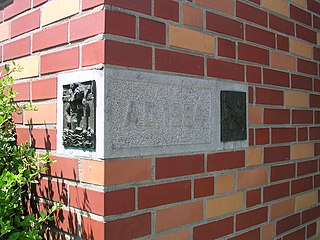
A cornerstone is the first stone set in the construction of a masonry foundation. All other stones will be set in reference to this stone, thus determining the position of the entire structure.
Earthbag construction is an inexpensive building method using mostly local soil to create structures which are both strong and can be quickly built.

Anns v Merton London Borough Council[1977] UKHL 4, [1978] AC 728 was a decision of the House of Lords that established a broad test for determining the existence of a duty of care in the tort of negligence, called the Anns test or sometimes the two-stage test for true third-party negligence. The case was overruled by Murphy v Brentwood DC [1991].

The Holy Name Cathedral was a planned but never-built Roman Catholic cathedral for the city of Brisbane, Queensland, Australia. Designed by Hennessy, Hennessy & Co, initially in an English Baroque style inspired by St Paul's in London, it was intended to have been the largest church building of any Christian denomination in the Southern Hemisphere. James Duhig, the Archbishop of Brisbane, was the chief proponent of the project.

Barratt Developments plc is one of the largest residential property development companies in the United Kingdom operating across England, Wales and Scotland. It was founded in 1958 as Greensitt Bros., but control was later assumed by Sir Lawrie Barratt. It was originally based in Newcastle upon Tyne, England, but is now located at David Wilson's former offices in Coalville, England. It has been listed on the London Stock Exchange since 1968, and is a constituent of the FTSE 100 Index.

The North Coast railway line (NCL) is a 1,681-kilometre (1,045 mi) 1067 mm gauge railway line in Queensland, Australia. It commences at Roma Street station, Brisbane, and largely parallels the Queensland coast to Cairns in Far North Queensland. The line is electrified between Brisbane and Rockhampton. Along the way, the 1680 km railway passes through the numerous towns and cities of eastern Queensland including Nambour, Bundaberg, Gladstone, Rockhampton, Mackay and Townsville. The line though the centre of Rockhampton runs down the middle of Denison Street.
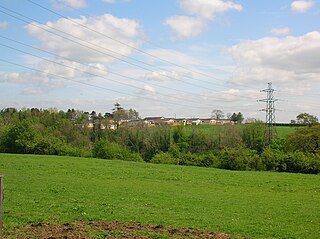
The Cunninghamhead Estate is in the 21st century mainly a residential caravan park with two private residences near Irvine, Scotland. It was once a private estate, owned by a sequence of recorded families since around 1418. The Mansion House, one of Britain's lost houses, was built in 1747; it was destroyed by fire in the early 1960s, whilst renovation work was being carried out. The old mansion and castle have been lost, however the stables are still a residence, whilst the Gardner's Cottage survive as ruins. From 1964, work was carried out, first to use the estate as a chicken farm and later as holiday and residential, caravan park and camping site, making most of the rural location. Circa 2003 the site was significantly redeveloped to become a residential caravan park exclusively for the use of retired and semi-retired persons.

John Paul College is a Catholic secondary school in Rotorua, New Zealand. The co-educational school enrolls students in years 7 to 13. It was opened in 1987 and combined two existing schools, Edmund Rice College and MacKillop College. The school was founded to serve the Catholic families of Rotorua. John Paul College is named for Pope John Paul II.
Overdale was a small residential district in downtown Montreal that became a famous symbol of the struggle between urban conservationists and land developers.
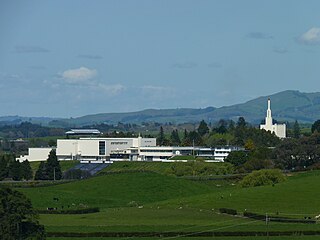
Church College of New Zealand (CCNZ) was a private secondary school in Temple View, Hamilton, New Zealand, that was operated by the Church Educational System of the Church of Jesus Christ of Latter-day Saints. It was closed at the end of the 2009 school year.
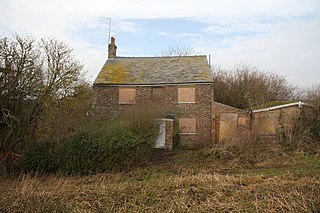
Murphy v Brentwood District Council[1991] UKHL 2, [1991] 1 AC 398 was a judicial decision of the House of Lords in relation to recovery for pure economic loss in tort.
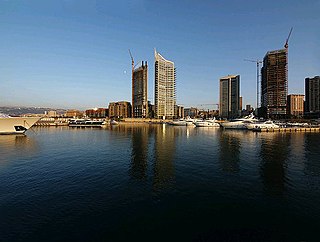
Real estate development, or property development, is a business process, encompassing activities that range from the renovation and re-lease of existing buildings to the purchase of raw land and the sale of developed land or parcels to others. Real estate developers are the people and companies who coordinate all of these activities, converting ideas from paper to real property. Real estate development is different from construction or housebuilding, although many developers also manage the construction process or engage in housebuilding.
Brian Gerald MacKay-Lyons is a Canadian architect best known for his designs for houses on the coast of his native Nova Scotia, and his use of Atlantic Canadian vernacular materials and construction techniques. His life in Arcadia, its history, culture, landscape and architecture have been hugely influential to MacKay-Lyons. He is a founding partner of MacKay-Lyons Sweetapple Architects, and a professor of at the Dalhousie University School of Architecture in Halifax. In 1994 he founded the Ghost Laboratory, a summer educational design-build on his family farm in Upper Kingsburg, Nova Scotia.
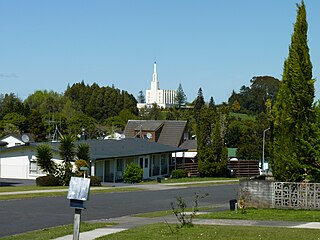
Temple View is a suburb of the city of Hamilton, New Zealand. Temple View was established in the 1950s from the construction of the Hamilton New Zealand Temple and the Church College of New Zealand by the Church of Jesus Christ of Latter-day Saints. Access to the suburb is through Dinsdale, and then along Tuhikaramea Road.

Invercargill City Council v Hamlin [1994] 3 NZLR 513, [1996] 1 NZLR 513 is a cited case in New Zealand regarding council liability for negligent inspection, as well the issue in tort when the start period for the statute of limitations for a latent defect begins.

Mount Albert Borough Council v Johnson [1979] 2 NZLR 234 is a cited case in New Zealand regarding the Statute of Limitations defence in tort claims.

The McKinley Tower Apartments, previously known as the East 4th & Denali Apartments, the Mt. McKinley Building, the McKayBuilding and the McKinley Building, is a historic apartment building at 337 East Fourth Avenue in the eastern downtown of Anchorage, Alaska. Originally constructed by Swalling Construction owners, John H. Clawson and Albert Swalling, as a 14-story HUD 604 apartment building named the Mt. McKinley Bldg, it is the first, and oldest high-rise in Anchorage. McKinley Tower was designed in 1950 by Earl W. Morrison for MacDonald Architects of Seattle who also designed the nearly identical Inlet Towers at 1020 W. 12th Avenue. The building shares key design characteristics with several other buildings designed by Morrison including: Skye at Belltown in Seattle, WA. The Mendenhall Tower in Juneau, Mary Frances Towers in Ketchikan, and the Cathedral Arms building in Sitka.

The Kāpiti Expressway is a four-lane grade-separated expressway on New Zealand's State Highway 1 route through the Kāpiti Coast north of Wellington. From the northernmost terminus of the Transmission Gully Motorway at Mackays Crossing just north of Paekākāriki, it extends northwards 31 km (19 mi) to just north of Ōtaki, bypassing the former two-lane route through Raumati South, Paraparaumu, Waikanae, Peka Peka, Te Horo and Ōtaki.

The St Patrick's Basilica or Oamaru Basilica, as it is popularly known because of its style of architecture, is a Catholic church in Oamaru, New Zealand. It was designed by the prominent New Zealand architect Francis Petre and is one of his most celebrated works. It is one of the most important historic buildings of Oamaru and of the North Otago region. The Basilica's classical portico and three domes are an admired feature of the Oamaru townscape and the building is particularly noted for the high quality of the stone carving and fine plasterwork of its architectural features. The Basilica "must surely have one of the noblest church interiors in the country. Built entirely of Oamaru stone the exterior has weathered more than one would have expected, but inside the church glows with reflected light from the creamy stone which is virtually in its original state." "The interior is bathed in abundant natural light, and with clear glass rather than stained in the high nave windows, the quality of light is enhanced."

Holy Trinity Church is a heritage-listed Anglican church at 39 Gordon Street, Mackay, Mackay Region, Queensland, Australia. It was designed in 1923 by Lange Leopold Powell and built by A Stonage and Sons, completing in 1926. It is also known as Holy Trinity Church Complex. It was added to the Queensland Heritage Register on 29 April 2003.
















